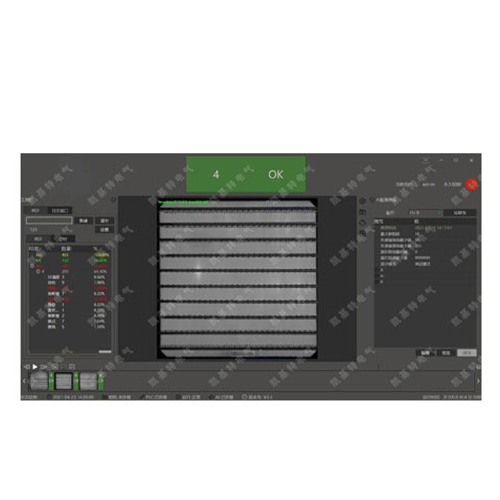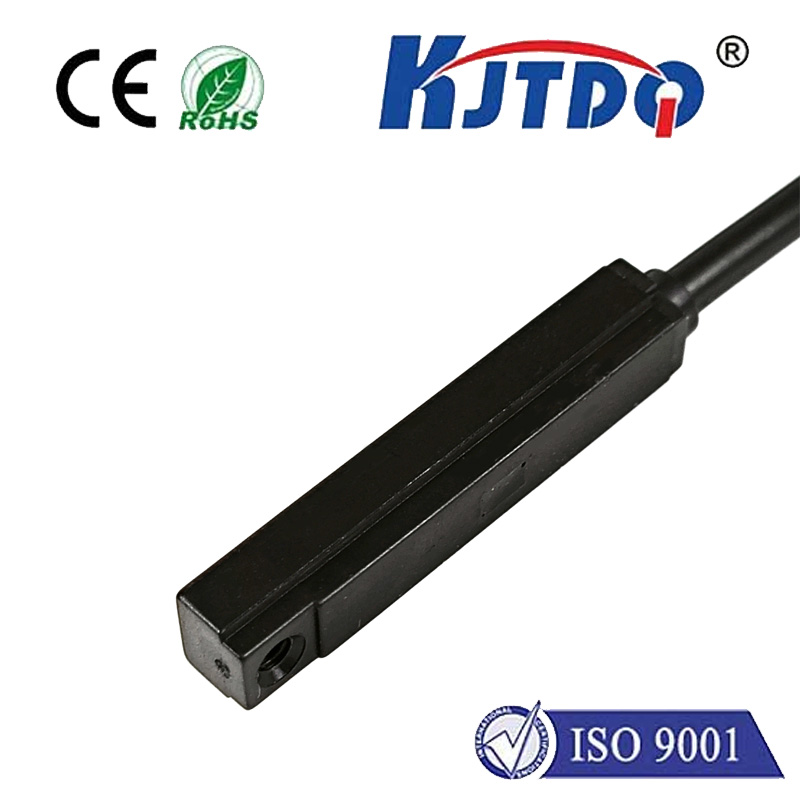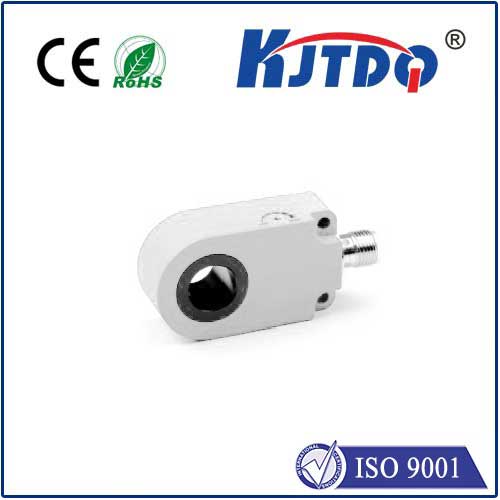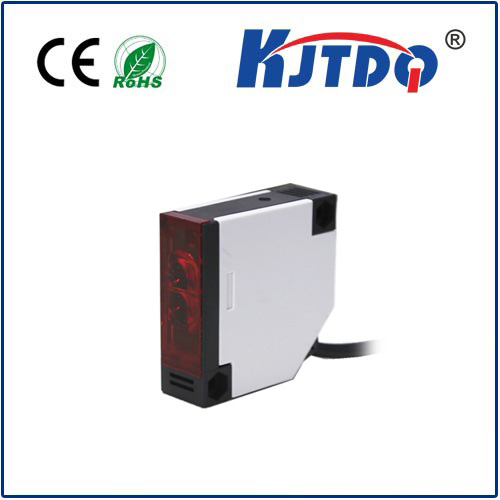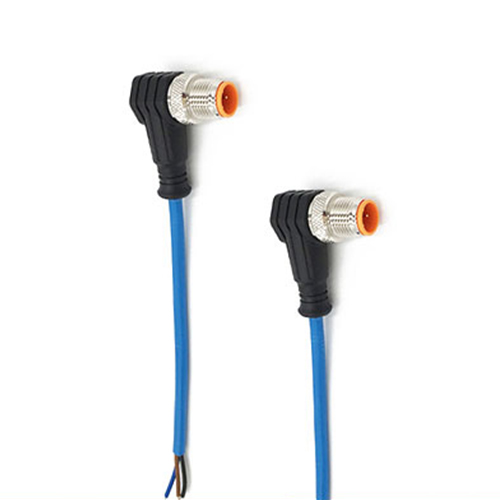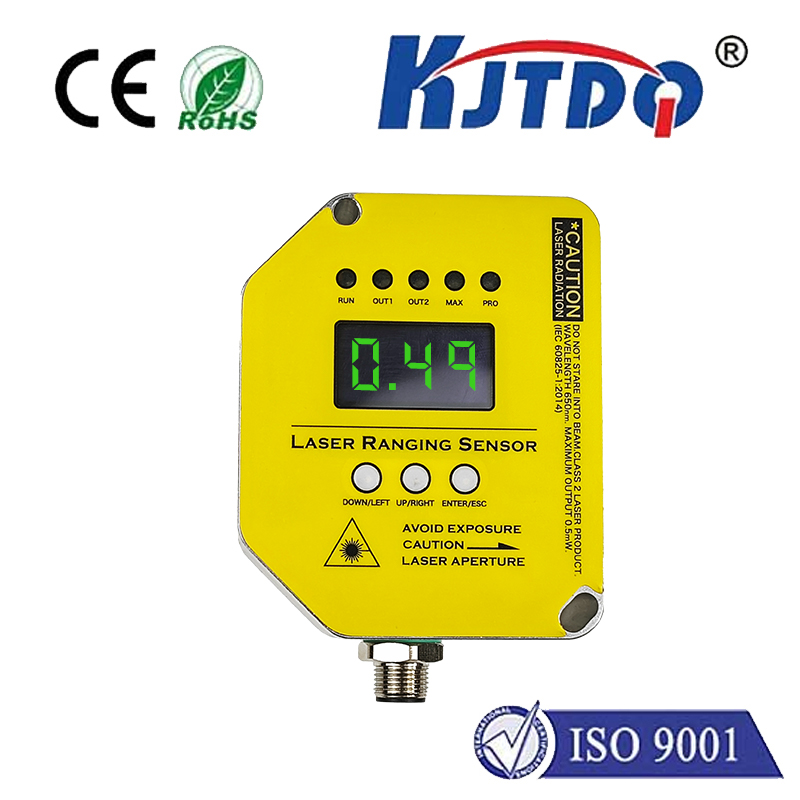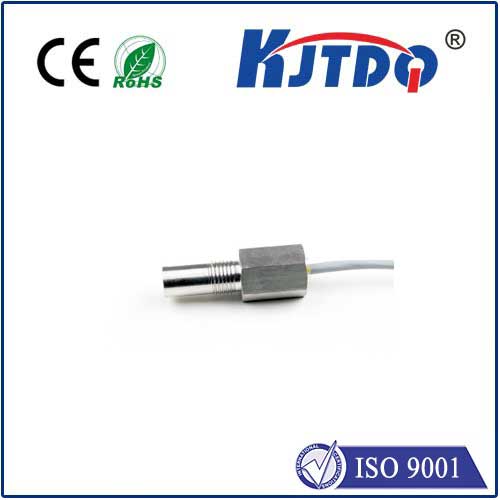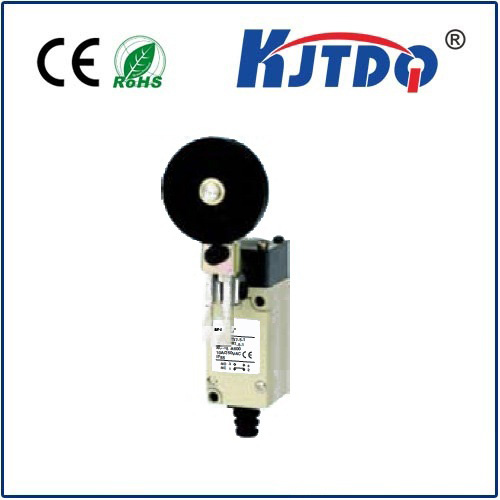Unlocking Precision with the RPLIDAR A2M8 360 Laser Scanner: A Comprehensive Guide In the ever-evolving world of technology, precision and efficiency are paramount. Whether you’re navigating the complexities of robotics, mapping out intricate environments, or developing cutting-edge automation systems, the tools you choose can make all the difference. Enter the RPLIDAR A2M8 360 Laser Scanner—a game-changer in the realm of laser scanning and spatial awareness. This article delves into the features, applications, and advantages of the RPLIDAR A2M8, offering a detailed guide for tech enthusiasts and professionals alike.
The RPLIDAR A2M8 is a high-performance 360-degree laser scanner designed to provide accurate and reliable distance measurements in real-time. Manufactured by RoboPeak, this device is renowned for its ability to create detailed 2D maps of environments, making it an indispensable tool in various fields, including robotics, automation, and smart home technology. Key Features of the RPLIDAR A2M8:
360-Degree Scanning: The RPLIDAR A2M8 offers a full 360-degree scanning range, ensuring comprehensive coverage of its surroundings. This feature is particularly beneficial for applications that require complete spatial awareness, such as autonomous vehicles and robotic navigation systems.
High Precision: With a scanning frequency of up to 8000 samples per second and a distance measurement range of up to 16 meters, the RPLIDAR A2M8 delivers exceptional accuracy. This precision is crucial for tasks that demand detailed environmental mapping, such as indoor navigation and obstacle detection.
Compact and Lightweight: Despite its advanced capabilities, the RPLIDAR A2M8 is compact and lightweight, making it easy to integrate into various devices and systems. Its low power consumption further enhances its suitability for portable and battery-operated applications.
Robust Design: Built to withstand the rigors of real-world use, the RPLIDAR A2M8 features a durable design that ensures reliable performance in diverse environments. Whether you’re working in a controlled lab setting or a dynamic outdoor space, this laser scanner is up to the task.
The versatility of the RPLIDAR A2M8 makes it a valuable asset in a wide range of applications. Here are some of the most prominent uses:
Robotics: In the field of robotics, the RPLIDAR A2M8 is widely used for autonomous navigation and obstacle avoidance. Its ability to provide real-time environmental data allows robots to move seamlessly through complex spaces, enhancing their functionality and efficiency.

Smart Home Technology: The RPLIDAR A2M8 is also employed in smart home systems for tasks such as room mapping and object detection. By creating detailed maps of living spaces, this laser scanner enables smart devices to operate more intelligently, improving the overall user experience.
Промышленная автоматизация: In industrial settings, the RPLIDAR A2M8 is utilized for automated guided vehicles (AGVs) and material handling systems. Its precise scanning capabilities ensure that these systems can navigate warehouses and production facilities with minimal human intervention.
Research and Development: Researchers and developers leverage the RPLIDAR A2M8 for prototyping and testing new technologies. Its high accuracy and reliability make it an ideal tool for experimenting with innovative solutions in various domains.
Choosing the RPLIDAR A2M8 for your laser scanning needs comes with several advantages:
Эффективность затрат: Compared to other laser scanners on the market, the RPLIDAR A2M8 offers exceptional value for money. Its affordability makes it accessible to a broader range of users, from hobbyists to professional developers.
Ease of Integration: The RPLIDAR A2M8 is designed with user-friendly interfaces and comprehensive documentation, simplifying the integration process. Whether you’re a seasoned engineer or a novice enthusiast, you’ll find it easy to incorporate this laser scanner into your projects.
Scalability: With its modular design, the RPLIDAR A2M8 can be easily scaled to meet the demands of different applications. This flexibility ensures that the device remains relevant as your needs evolve over time.
Community Support: The RPLIDAR A2M8 benefits from a robust community of users and developers. This active community provides valuable resources, including tutorials, forums, and open-source projects, making it easier to troubleshoot issues and share knowledge.
If you’re ready to harness the power of the RPLIDAR A2M8, here are some steps to get started:
Choose the Right Setup: Determine the specific requirements of your project and select the appropriate setup for the RPLIDAR A2M8. This may include selecting compatible hardware and software components.
Install the Device: Follow the installation guide provided by RoboPeak to set up the RPLIDAR A2M8. Ensure that all connections are secure and that the device is properly calibrated for optimal performance.
Configure the Software: Install the necessary drivers and software libraries to interface with the RPLIDAR A2M8. Many users prefer using ROS (Robot Operating System) for its extensive support and flexibility.
Test and Calibrate: Conduct initial tests to verify the accuracy and reliability of the RPLIDAR A2M8. Make any necessary adjustments to the scanning parameters and calibration settings to achieve the desired results.
Integrate into Your Project: Once the RPLIDAR A2M8 is set up and tested, integrate it into your project. Whether you’re developing a robotic system, a smart home device, or an industrial automation solution, the RPLIDAR A2M8 will provide the spatial awareness you need to succeed.
The RPLIDAR A2M8 360 Laser Scanner stands out as a versatile, precise, and cost-effective solution for a wide range of applications. Its 360-degree scanning capability, high accuracy, and robust design make it an invaluable tool for anyone working in robotics, automation, or smart technology. By understanding its features, applications, and advantages, you can unlock the full potential of this remarkable device and take your projects to new heights.
